Discover Ephesus and Top Destinations in Western Turkey with an expert tour guide and a TripAdvisor Winner for 13 consecutive years.
Admission Fees / Entry Ticket Costs for Ephesus and the nearby AttractionsWhen planning your visit to Ephesus, it is important to know ticket prices and opening hours to get the most out of your experience. Ticket prices are reasonably priced to reflect the historical importance and conservation efforts of Ephesus. As for opening hours, the site opens early in the morning, allowing you to explore the ruins when crowds are still minimal. What is the entrance fee for Ephesus? Revised entry ticket costs (Admission fees) for Ephesus and nearby attractions are as follows: Approximate cost of entrance fees:
* Credit Cards amd Turkish Liras are accepted for entrance fees. Euro cash is not accepted. * There is no admission fee for children under 8 years old. For the proof of age, please bring passport copies with you. * If you are going to visit other sites besides Ephesus in Western Turkey. There is a Museum Pass which provides multi visits to many sites without waiting in lines and you can make great savings. Valid for Ancient city of Ephesus, Basilica of St. John, Terrace Houses in Ephesus, Archaelogical Museum of Ephesus, Ancient city of Aphrodisias, Temple of Didyma, Ancient city of Smyrna, Ancient City of Miletus, Ancient City of Priene, Ancient City of Sardis, Ancient City of Pergamon, Asklepion of Pergamon and many others. For more information visit the following link: Museum Pass the Aegean - Multi visit pass for West Turkey For Private Ephesus Tour Costs, please visit: Ephesus Private Tour Rates
60 Comments
2024 entrance fee and opening hours for House of Virgin Mary in Ephesus, TurkeyThe House of the Virgin Mary is located 9 kilometers from Selcuk on Mount Bülbül. It is believed that 4 or 6 years after Jesus' crucifixion, St. John brought Virgin Mary to Ephesus. In 1891 the Lazarist priests discovered that this is the house where Virgin Mary spent her last days, after the dream of the German nun Katherina Emerich. This cross and dome-shaped structure was later restored. After the visit of Pope Paul VI in 1967 to the house, the site is considered sacred by Christians and Muslims. Every year on August 15th. The Assumption ceremonies are held on this day and attract many devoted visitors. 2024 entrance fee for House of Virgin Mary is 500 Turkish Liras per person. 500 Turkish Liras is approximately 14.5 Euros. Credit Card (Visa and Mastercard payments are accepted. ) Opening Hours for House of Virgin Mary: November-February: 08.00-17.00 March-October: 08.00-18.00 Holy Mass is held every day, from Monday to Saturday at 5:15 pm (November to March) and 6:15 pm (April to October). The Sunday Mass is held at 10:30 am (in English). We provide private tours of House of Virgin Mary and Ephesus. For more information please visit the following link: Private Tours of Ephesus or contact us How much does it cost to go to Ephesus?
Izmir to Pamukkale by trainPamukkale by Train from/to Izmir Airport, Izmir City Center and Selcuk (Ephesus). Izmir to Pamukkale via Ephesus. Train is the cheapest way to travel from Izmir Airport and Izmir City Center and Selcuk (Ephesus) to Pamukkale though not the fastest way to travel. Trains run between İzmir (Basmane station), İzmir’s Adnan Menderes Airport (ADB), Selçuk (Ephesus), and Denizli (Pamukkale). Turkish Railways (TCDD) operates a train from Izmir Basmane Train Station and Izmir Airport (ADB) and Selcuk (Ephesus) to Pamukkale 6 times a day. Tickets cost approximately 5 Euros. The journey takes approximately 3.5 hours from Selcuk, 4.5 hours from Izmir Airport and 5 Hours from Izmir City Center. Visit Ephesus on the way from Izmir to PamukkaleTravelers who would like to go to Pamukkale by train from Izmir Airport and Izmir City Center on the way can visit Ephesus Ancient City, Temple of Artemis, House of Virgin Mary and Basilica of St. John. We do operate private tours starting and ending at Selcuk Train Station. For travelers who will be staying at Izmir City Center hotels, we recommend them to take the 7.10am train from Basmane train station and for those arriving to Izmir AIrport, can take this train at 7.32am. This train will arrive at Selcuk (Ephesus) at 8.34am. Our tour guide and vehicle can meet you at Selcuk train station. After the tour you will be dropped back to Selcuk train station for your journey to Pamukkale which leaves Selcuk Train Station at 1.55pm. The train will arrive at Pamukkale (Denizli) at 5.30pm. After reaching Denizli Train Station, you can board a shared minibus or a taxi to Pamukkale. Similar program can be made for travelers who stay in Pamukkale. Travelers can take the 8.25am train from Denizli Train Station which will arrive at Selcuk (Ephesus) at 11.50. Our tour guide and vehicle can meet you at Selcuk train station. After the tour you will be dropped back to Selcuk train station for your journey to Izmir Airport or Izmir City Center which leaves Selcuk Train Station at 7.49pm. The train will arrive at Izmir AIrport at 8.46pm and Izmir Basmane Train Station at 9.09pm. For more information about our tours starting and ending at Selcuk (Ephesus) Train Station, please visit the following link: Private Ephesus Tours from Selcuk Hotels and Selcuk Train Station Izmir - Izmir Airport - Ephesus - Pamukkale (Denizli) Train SchedulePamukkale - Ephesus - Izmir Airport - Izmir Train ScheduleFrequently Asked QuestionsQ1 - I wish to ask about the tour from Izmir city Centre to Pamukkale via Ephesus. When the guide picks you up at Selcuk, does he take our suitcases as well, and keep them until we go back to the station? How much is this tour please? We wish to travel in April 2022. Thank you. > As I understand, you would like to take the train from Izmir Train Station to Selcuk (Ephesus) Train Station. After the tour of Ephesus. We will drop you back to Selcuk (Ephesus) Train Station for your journey to Denizli (Pamukkale) The tour will be conducted with a MPV. Your luggages will be kept in the vehicle during your private tour of Ephesus. There will be a separate driver and a tour guide. While you will be touring with the tour guide, our driver will keep an eye on your belongings. 2024 Entrance Fees and Opening HoursEphesus, House of Virgin Mary and the nearby attracionsHow much is the entrance fee for Ephesus ?
There is no admission fee for children under 8 years old. For the proof of age, please bring passport copies with you. * If you are going to visit other sites besides Ephesus in Western Turkey. There is a Museum Pass which provides multi visits to many sites without waiting in lines and you can make great savings. Valid for Ancient city of Ephesus, Basilica of St. John, Terrace Houses in Ephesus, Archaelogical Museum of Ephesus, Ancient city of Aphrodisias, Temple of Didyma, Ancient city of Smyrna, Ancient City of Miletus, Ancient City of Priene, Ancient City of Sardis, Ancient City of Pergamon, Asklepion of Pergamon and many others. For more information visit the following link: Museum Pass the Aegean - Multi visit pass for West Turkey Is Ephesus open every day? Ephesus is open to visitors every day of the week, and visiting hours may vary depending on the summer and winter seasons. It is closed until noon on the first day of religious holidays. What time Ephesus open? Ephesus Ancient City
Terrace Houses
House of Virgin Mary
Ephesus Experience Museum offers a realistic experience with high-quality visuals, sound, and screen technologies.The Ephesus ticket offers a comprehensive experience that includes access to the Ephesus Experience Museum. This museum is a valuable addition to your visit, providing in-depth insights into the historical significance of Ephesus. By including the museum in the ticket, visitors have the opportunity to immerse themselves in the rich history and culture of this ancient city. With carefully curated exhibitions and displays, the Ephesus Experience Museum offers a professional and educational atmosphere that enhances your overall visit to Ephesus. Don't miss the chance to explore this fascinating museum and enrich your understanding of Ephesus' past. Located in the historic Ancient City of Ephesus, the Ephesus Experience Museum stands out as a fascinating attraction meticulously designed to allow visitors to dive into the vibrant past of this Greco-Roman port city. Leveraging state-of-the-art 3D animations and AI-powered interactions, the museum offers an immersive experience that effortlessly transports guests back in time. When you step into its halls, a palpable sense of timelessness envelops you, momentarily blurring the lines between the contemporary age and the golden age of Ephesus. The museum's admirable use of advanced 3D technology reconstructs Ephesus as a thriving Ancient City and showcases the intricate details of its architecture, inhabitants, and cultural heritage. Lifelike representations and animated segments depicting the city's commerce, residential life, and majestic temples appear at every corner, providing a deep insight into the city's grandeur. The appeal of the Ephesus Experience Museum lies in its ability to evoke a deep sense of curiosity and amazement by taking you on a fascinating journey through the annals of history.
With expertly crafted exhibits and knowledgeable Ephesus tour guides enhancing the experience, losing yourself in the enchanting charm of Ephesus becomes an effortless yet unforgettable endeavor.
On his return journey from Corinth, Paul came to the bustling city of Ephesus to fulfill his promise. After a short visit, he returned and stayed in Ephesus for about two and a half years between 53-56 AD. This period marked an important point in his mission for the spread of Christian teachings throughout Asia Minor. By interacting with the Ephesians, Paul shared his wisdom and laid a strong foundation for Christianity. Once famous for its pagan worship, Ephesus became the haven of a growing Christian community thanks to Paul's tireless efforts.
Cave of St. Paul in Ephesus
During the excavations at Ephesus, more than 3,500 inscriptions have been found. Some of the most interesting are in a small cave on the slope of Bülbül Mountain (Nightingale Mountain). According to a local legend, when St. John brought the Virgin Mary to Ephesus from Jerusalem, they had no place to stay. John found this cave and hid Mary there for her safety. It was not until some time later that John located a more suitable home for Mary higher up on the mountain, known as Panaya Capoulu. In more recent years, the cave has been re-named “Cave of St. Paul” due to the frescoes and inscriptions on the walls which refer to St. Paul.
The cave has been a Christian sacred site since the 1st or 2nd century. The walls were decorated with frescoes and inscriptions and white-washed several times, then re-painted with new images. Discovered under plaster on the walls are important 5th-century frescoes, with inscriptions, depicting the Virgin Mary, St. Paul and St. Thecla (a female disciple of Paul). This is the only known depiction of St. Paul at Ephesus and the earliest known appearance in the world of Paul and Thecla together. The cave was discovered by a group of priests in 1892, while looking for the tomb of the Virgin Mary. Under the layers of plaster on the corridor walls are Greek phrases such as “the hidden of Mother of God” and “Paul help your servant”-written in charcoal and chalk. To protect these delicate and ancient wall frescoes, the cave is not open to the public. Unfortunately this site can not be visited during the Ephesus Tours. What did St Paul do in Ephesus?
The first Christian congregation in Ephesus was founded by St John the Apostle and expanded by St Paul. On his return journey from Corinth, Paul came to the city of Ephesus to fulfill his promise after a short visit, and he came back and stayed for about two and a half years between 53-56AD. Most likely St. Paul wrote the Corinthians No.1 letter in Ephesus at this time period. When Paul came to Ephesus, he preached the gospel in the synagogue of Ephesus and the hall of Tyrannus. Tyrannus was an owner of a lecture hall at Ephesus. All this information is mentioned in the New Testament, in the book of Acts of the Apostles (19:9). The Ephesus Church, leaded the Seven Churches in the Asia Minor (Western Turkey today).
What happened to Paul at Ephesus?
By St. Paul’s efforts, in a short time, Ephesus became the third important city of Christianity after Jerusalem and Antioch. Christianity quickly gained popularity in Ephesus. The popularity of this new religion concerned some people in Ephesus. The silversmith Demetrius and others, who made a living by selling and making silver statues of Mother Goddess Artemis, were very upset. Demetrius and his colleagues provoked thousands of people and met them at the Ephesus theater and started a big riot in 56AD. The crowd was shouting "Great is Artemis of the Ephesians!". St Paul wanted to face the crowd, but the disciples didn't let him. Finally, the city clerk calmed down the crowd. Probably St. Paul was jailed in Ephesus for a while before he departed to North. It is obvious that Ephesus had an important role in Christianity. Both St. John and St. Paul was in Ephesus but neither of them were in Ephesus at the same time. In the New Testament, there are 13 letters of St. Paul. During his house arrest in Rome in 61 AD, St. Paul mailed 3 letters to the city of Ephesus: Timothy No.1, Timothy No. 2 and Ephesians. Paul's letters tended to be written in response to certain crises. Ephesus Church, most probably was facing major difficulties and St. Paul was aware of these. Timothy was one of the disciples of St. Paul. St. Paul met with Timothy during his missionary journeys in Lystra. Afterwards Timothy joined Paul and Silas, and they travelled together to the city of Ephesus. After Paul had to leave the city of Ephesus. Timothy became the head of the Christian Community in Ephesus. He is considered to be the first bishop of Ephesus. Although not stated in the bible, according to some apocryphal gospels, Timothy was martyred in Ephesus in 97AD when he was 80 years old. Probably Timothy met with St. John the Apostle , although there is no mention of this in the New Testament. The Companions of Paul who lived in Ephesus
Where did St. Paul die?
The exact details of St. Paul's death are unknown, but tradition holds that he was beheaded in Rome and thus died a martyr for his faith. St. Paul's death can be attributed to the Roman emperor Nero's death warrant targeting Christians following the devastating fire that devastated the city in 64 AD. The historical context shows that St. Paul wrote a series of letters to various Churches in Asia Minor from AD 60 to 64, during his period of house arrest until his execution. The most important of these letters are Philemon, Colossians, Ephesians, First Timothy and Second Timothy. We can analyze these letters as evidence of the religious and political climate of the period and shed light on the difficulties faced by early Christians under the Roman Empire.
Walking in the footsteps of St. Paul
We are proud to offer our valued customers the opportunity to go on an unforgettable Ephesus Biblical Tour. Our tours are conducted by our team of expert and knowledgeable Ephesus tour guides. The tour has been meticulously prepared to touch upon the rich history and importance of Paul in Ephesus. We understand the importance of experiencing these sacred places with a professional touch, of carefully planning and executing every detail to deliver a truly profound and enlightening journey. If you are looking for an unforgettable experience and would like to learn more about our Ephesus Biblical Tours, please do not hesitate to contact us. Our dedicated team looks forward to assisting you and providing all the necessary information.
Documentary of Cave of St. Paul in Ephesus: Thecla was a saint of the early Christian Church, and a disciple of Paul the ApostleSaint Thecla was a noblewoman from Iconium (modern-day Konya in Turkey) in the 1st century AD. She was converted to Christianity after hearing St. Paul's teachings. She defied societal expectations by choosing a life of religious devotion over marriage. She faced persecution for her faith, surviving various trials and she became a missionary, traveling and spreading Christianity. The excavations in Ephesus have unveiled a significant discovery of a cave showcasing vital Early Christian frescoes and inscriptions. Situated on the southern side of ancient Ephesus, this find on the slopes is of great importance. Among the treasures found within are clear depictions of notable figures like Apostle Paul, Saint Thecla, and Thecla's mother Theocleia. These depictions from 5th century AD, sheds light on the rich religious history and cultural significance of Ephesus, offering valuable insights into Early Christian presence and practices. In the portrayal of Saint Thecla observing Saint Paul outside the window, a profound sense of reverence and storytelling is captured. The image delicately showcases Saint Paul seated with a book, embodying wisdom and devotion, as he gestures towards his audience with an eloquent preaching stance. Positioned behind Paul, Saint Thecla's mother adds a layer of caution and guidance with her raised hand, enhancing the narrative with an element of concern and protection.
Documentary of Cave of St. Paul in EphesusStory of Saint TheclaThecla is NOT mentioned in the book of Acts in the New Testament. The book of Acts chronicles the early history of the Christian church, focusing on the apostles and the spread of Christianity. Thecla was mentioned in apocryphal texts which are considered non-canonical, meaning their accuracy is uncertain. St. Paul during his second missionary, stopped in Iconium (Modern name Konya in Central Anatolia) where Thecla supposedly lived. In a peculiar turn of events, St. Paul found himself at the residence of Onesiphorus, where he delivered a compelling speech on detaching oneself from worldly pleasures and seeking a higher connection with God. A 17-year-old Thecla, residing nearby, attentively absorbed his words and was deeply moved by the impassioned message. The impact was so profound that Thecla made the bold decision to end her engagement, much to the dismay of her mother and intended spouse. The mother of Thecla: Theocleia complained about Paul to Iconium Governor Castillius, leading to the imprisonment of Paul. In an unexpected turn of events, Thela managed to outwit the prison guard by offering him a silver mirror. She successfully reached St. Paul. Displaying a remarkable act of reverence, Thecla knelt before Paul, honoring him with a kiss on his chains and attentively absorbing his counsel. As news of this encounter spread, causing a stir among Thecla's family and the Governor, the repercussions were severe as Paul faced physical abuse and public humiliation before being driven out of the city. Thecla was senteced to be burned. In a dramatic turn of events and miracles, the rain unexpectedly extinguishes the flames that want to consume her, allowing her to escape bravely. She cunningly disguises herself as a man and joins with Paul, seeking sanctuary in the serenity of a cemetery outside the city walls. Their journey takes an unexpected turn when they reach Psidian Antioch, they get into trouble again because of a nobleman named Alexandros who was in love with Thecla. This time she is put on a show in the arena to be torn apart by predators. Miracles happen and the animals do not attack Thecla and they protect her. Impressed by this and convinced by miraculous powers, the authorized governor of the region releases Thecla. Upon sharing her harrowing experience with Paul, Thecla bid Paul farewell before journeying to Iconium and subsequently to Seleucia. Taking refuge in a cave, Thecla dedicated herself to enlightening the people around her with unwavering determination. Through her words and actions, she sought to bring wisdom and hope to those in need. Thecla's mysterious disappearance in this cave has sparked widespread fascination among the surrounding Christians, leading them to perceive the location as sacred. The feast of St. Thecla, honoring her as the first female teacher and healer, is an annual celebration held in the cave church in Seleucia that served as a clandestine place of worship until 312 AD. Recognized on September 23 by the Catholic Church and September 24 by the Orthodox Church, this historical site attracted visitors from far and wide, including individuals from Cyprus and Jerusalem, captivated by St. Thecla's renowned legacy. This revered location, both revered as a pilgrimage site and commemorated as a place of martyrdom, has welcomed the presence of numerous notable figures over the years, adding to its significance and historical importance. Was Timothy the bishop of the church in Ephesus?Timothy served as the first bishop of the church in Ephesus. The New Testament clearly states that Timothy travelled to Ephesus with St. Paul and accompanied him on his missionary journeys. Later, St. Paul had to leave the city of Ephesus due to a rebellion by the merchants in the Ephesus Grand Theatre. Timothy became the head of the Christian community in Ephesus. Who was Timothy?''Timothy, known as Timotheos in Ancient Greek, meaning honored by God. He was born in Lystra, a city in southwestern Central Anatolia (modern-day Turkey). The modern name for Lystra is Klistra, and it is located in south-central Turkey, approximately 24 miles southwest of Konya (Iconia in Biblical Times), near the modern village of Hatunsaray. Timothy was born from a Jewish mother who became Christian later and a Greek father. During his second missionary journey, St. Paul visited Lystra and met with Timothy. Along with Silas, Timothy became Paul's trusted deciple and missionary partner. The New Testament states that Timothy traveled with Apostle Paul, who was also his mentor. They travelled to the Ancient City of Ephesus. St. Paul with Timothy stayed in Ephesus for more than 2.5 years between 53-56 AD. Paul chose Ephesus as the center to spread the words of Jesus. Paul's missionary work in Ephesus had a significant impact on society, especially regarding the trade in idols associated with pagan gods, especially the Temple of Artemis. Paul's efforts to persuade the people to stop worshiping idols met with opposition, especially from the silversmith Demetrius, who led to rebellion in Ephesus in 56 AD. The riot forced Paul to leave the city, and he continued his travels until he was arrested by Roman soldiers in Jerusalem. Paul's claim to Roman citizenship led to his transfer to Rome, where he was eventually executed. Before he died while under house arrest, he wrote three letters to Ephesus; Two of these were written specifically to Timothy and show his devotion to his mission despite persecution. Timothy had a leadership role in the Ephesus church, as seen in the two letters of St. Paul addressed to him, called Timothy 1 and Timothy 2. As indicated in the letter Timothy 1: ''I asked you to stay longer in Ephesus when I went into Macedonia so you could command some people there to stop teaching false things. Tell them not to spend their time on stories that are not true and on long lists of names in family histories.'' Although the title "bishop" was not clearly indicated in reference to Timothy, the responsibilities and roles described in the New Testament are consistent with those of a bishop. Timothy was in charge with appointing leaders, teaching and promoting sound doctrine, and maintaining order within the church. These are all duties typically associated with the role of a bishop. Additionally, historical sources outside the New Testament also support the idea that Timothy served as bishop of the church in Ephesus. Early Christian writers such as Eusebius and Ignatius of Antioch refer to Timothy as bishop of Ephesus. This lends credibility to Timothy's claim that he held a leadership position in the church. What happened to Timothy at Ephesus?Presumably in 97 AD, Timothy was martyred under the command of Roman Emperor Trajan. According to a legend, he was beated to death by a crowd for protesting the exaggerated worship of the goddess Artemis. Multi visit pass for Western TurkeyValid for Ancient city of Ephesus, Basilica of St. John, Terrace Houses in Ephesus, Archaelogical Museum of Ephesus, Ancient city of Aphrodisias, Temple of Didyma, Ancient city of Smyrna, Ancient City of Miletus, Ancient City of Priene, Ancient City of Pergamon, Asklepion of Pergamon, Hierapolis (Pamukkale), Ancient city of Laodicea and many others. The Turkish Ministry of Culture and Tourism issued multi visit passes for the museums and sites located at the Aegean Region (Western Part) of Turkey. Museum Pass Aegean is available to foreign visitors and residents at museum and archeological site ticket offices. The cost is 95 Euros. Payment can be made in TL cash and with visa or mastercard at the ticket offices in front of the Museums and archaeological sites. Museum Pass the Aegean will save travellers time and money. Travellers will not be waiting in lines to purchase tickets at the museums. Travellers can visit multiple museums and sites within a week time. Museum Pass the Aegean is valid for 7 days. Travellers can make great savings with good itinerary planing. Museum Pass The Aegean and T.C. You can visit more than 40 museums and archaeological sites in İzmir, Aydın, Muğla and Denizli provinces affiliated to the Ministry of Culture and Tourism for 7 days and take a pleasant journey in history.. MuseumPass Aegean provides one pass to each museum. Museum Pass Aegean costs 95 Euros Museum Pass the Aegean will allow you free entrance to all museums and archeological sites operated by the Turkish Ministry of Culture and Tourism in the provinces of İzmir, Aydın and Muğla, which cover Ancient city of Ephesus, Basilica of St. John, Terrace Houses in Ephesus, Archaelogical Museum of Ephesus, Ancient city of Aphrodisias, Temple of Didyma, Ancient city of Smyrna, Ancient City of Miletus, Ancient City of Priene, Ancient City of Pergamon, Asklepion of Pergamon, Hierapolis (Pamukkale), Ancient city of Laodicea and many others. * Note that House of Virgin Mary in Ephesus and Ancient City of Sardis, are not covered by Museum Pass Aegean. Museum Pass Aegean is accepted at the following sites:Kusadasi Cruise Port is the gateway to Ephesus Ancient CityA visit to Kusadasi Cruise Port should definitely be on your bucket list. Kusadasi Cruise Port to Ephesus takes less than 25 minutes drive. Kusadasi Cruise Port is situated on the western coast of Turkey and serves as a gateway to one of the most well-preserved ancient cities in the world. There are many cruises to Kusadasi. Explore the wonders of Ephesus from Kusadasi Cruise Port. We offer Ephesus Tours from Cruise Ships. Hundreds of cruise ships dock at the Kusadasi Port, the most popular cruise port in Turkey serving tourists travelling on Mediterranean cruises. Kusadasi Port has cafeterias, restaurants, shops, and taxis, Kusadasi Port is 2 minutes walking distance to downtown Kusadasi and Kusadasi Port to Ephesus is a 25 minutes drive. Izmir Airport to Kusadasi Cruise Port takes 1 hour drive. Kusadasi Cruise Port is the cruise port for Ephesus and serves thousands of cruise passengers every year. World’s leading cruise ship companies choose Kusadasi Cruise Port as a port of call during their Eastern Mediterranean cruises. Kusadasi Cruise Port is able to handle ships of up to 5000 passengers on an ongoing basis, The largest cruise ship that docks at Kusadasi Cruise Port is Odyssey of the Seas. Kusadasi Cruise Port is the most popular cruise port in Turkey in terms of servicing cruise ships. We offer private Ephesus Tours from Kusadasi Cruise Port. Ephesus was once a Greek city and later a capital of the Asia Province of Roman Empire. From the Library of Celsus to the well-preserved Grand Theater, every corner of Ephesus is very interesting. Our Ephesus Ctuise Excursions includes visits to the must-see attractions near Kusadasi Cruise Port. One of them is the Temple of Artemis. Considered one of the Seven Wonders of the Ancient World, this temple was dedicated to the Greek goddess Artemis who was named by the Romans as Diana. Things to Do in Kusadasi Cruise Port
Explore Ephesus from Kusadasi Cruise Port and immerse yourself in history and enjoy local cuisine for an unforgettable experience. Book your Ephesus Private Tour with us now! Is Ephesus the same as Kusadasi? Ephesus and Kusadasi are two different places. Kusadasi is located 18 kilometers from Ephesus. Ephesus is today one of the best-preserved Greco-Roman cities in the world, while Kusadasi is a popular tourist resort and has Turkey's most popular cruise port. The port of Kusadasi is the closest port to the ancient city of Ephesus. Where do cruise ships dock in Ephesus? Cruise ships dock at Kusadasi port. Ephesus is only 18 km from Kusadasi Port. It takes about 20 minutes by car to go to Ephesus from Kusadasi Port. Ephesus, although in ancient times it was a port city, due to the silting of the river, can only be reached by land. Kusadasi Port is the closest port to Ephesus. How far is the cruise port from Kusadasi? The cruise port in Kusadasi is in the very heart of Kusadasi Town. You can just walk directly off the ship and in 5 minutes be in the centre of Kusadasi Town. Where do the cruise ships dock in Kusadasi Turkey? Cruise ships dock at Kusadasi Port. Once you leave the cruise terminal, there's a shopping mall that leads you to Kusadasi town center. Getting to the center of Kusadasi on foot from the cruise terminal takes about 5 minutes. How do I get from Kusadasi cruise port to Ephesus? There is no direct public transport between Kusadasi and Ephesus. The easiest way is to take a taxi or book a Ephesus Tour from Kusadasi port. The Cruise Ships that will be calling to Kusadasi Cruise Port in 2024:
We offer Ephesus Tours from Kusadasi Cruise Port, for more information, please contact us. Izmir is a very rich city with Jewish heritage and have wonderful old and new synagogues. Izmir has a deep history of Jewish presence.Jewish existance in Izmir dates back to Roman times. Izmir was known as Smyrna those days. According to some historians, once Alexander the Great invaded Jerussalem, he sent some Jews to Smyrna. There was an active synagogue in Izmir in the 2nd and 3rd centuries. Today in Sardis which is an hour drive from Izmir, it is possible to see the remains of a Jewish synagogue dating back to 3rd century AD. After the Roman period, Smyrna had a decline until 16th century. During the Ottoman era, in 1492 Jews who are expelled from Spain were welcomed by the Ottoman Empire and some settled in Smyrna. Smyrna started becoming an exporting port city in 16th century. Attracted many traders including jews to the city. Majority of the Jews who migrated Smyrna lived in Agora and Havra Sokak districts. They built their living quarters, shops and synagogues there. There were 34 active small synagogues in Izmir. The main reason that there were several synagoues because of the different Jewish communities. Among these communities, there were Sephardic jews coming from Spain, coming from Europe, from Thessoloniki and during 2nd world war Ashkenazi jews coming from Germany. Each group attented to their own synagogue. Many of the synagogues of Izmir were founded next to each other. In 19th century jews started to move to new neigbourhood: Karatas. Founded Beth Israel Synagogue and a hospital in Karatas. Synagogues in Izmir generaly have distinctive artchitectural style compared with the european versions. Many of them are surrounded with high walls and located by a courtyard. Some of them were influenced by Islamic designs and Greek motifs. Generally have two stories and second storey reserved for women. Facing to east. Earlier ones are centralised which are known as Sephardic. Later ones were inspired by european versions which would resemble a church. Today there are 9 active synagogues in Izmir. The biggest one among them is Beit Israel Synagogue in Karatas/Asansor district. Number of Jews in the city of Izmir declined after foundation of Israel. Many jews moved to Israel. Today 1300 jews living in city of Izmir. Some of the synagogues of Izmir require restorations. Some of them are closed for visits. For security reasons synagogues in Izmir are open to public visit only by prior reservation. For the reservation passport copies are required. Visitors should bring along their passports while visiting synagogues for security checks. All synagogues are closed for visits on Saturdays and during religious holidays. There is an admission fee of US$9 per person to visit the synagogues of Izmir. Pictures of Izmir Synagogues:Sirince once was a Greek Orthodox village,
Sirince once was a Greek Orthodox village, 7 Miles away from Ancient city of Ephesus (current Selcuk town) and 20 miles away from Kusadasi. Sirince was once called Cirkince (ugly). The name is especially chosen to distract people from moving to the village.
How old is Sirince?
First foundation of the village dates back to the 1st century. Early christians of Ephesus escaped to the village to be protected from prosecutors. The village stayed as a Greek Orthodox Village until the exchange agreement between Republic of Turkey and Greece in 1924. During this exchange Greeks living in Turkey were exchanged with Turks living in Greece. This was a forced migration of both sides at the post war period of WW1. Turkish families mainly from Kavala region moved to the area. Greek families who moved from the village founded a new town named as "Nea Efesos'' (Νέα Έφεσος) The official name change of the village was in the early years of the Republic of Turkey. Name of the village changed from Cirkince to Sirince. Until 20 years ago, the main industry of the village was agriculture. Because of its unique historical background, beauty. Since the village name was mentioned many times in novels and travel shows and documentaries, Sirince Village today is a very touristy site. What is Sirince famous for? Today the main industry is tourism. A lot of village homeowners converted their homes into restaurants, hotels and shops. Sirince Village, today is known with olives and peaches grown in july and fruit wines. Fruit wines are sweet wines, more like dessert wine. The most popular fruit wine from Sirince is black mulberry. Visitors can also find lots of herbal products such as lavender teas, sage, bay leaves, olive oil soap bars, olive oil lotions. Today the village is a perfect synthesis of Turkish-Greek culture. Visitors may enjoy taking pictures of old Greek homes. Most of them today are being restored and turned into small hotels. There are two abandoned Greek Orthodox Churches from the 19th century. On the weekends, Sirince becomes so crowded with Turkish visitors from big cities like Izmir and Aydin. Our recommendation is to visit this village during the weekdays. For the visitors there are many restaurants and small hotels.
Is Sirince worth visiting?
For travelers, traveling to Kusadasi, Selcuk and Izmir, we recommend to visit Sirince Village. A visit to Sirince is highly recommended after visiting Ephesus on a day trip. But it is best to spend the night in Sirince. This hidden gem in Turkey really comes alive when the sun goes down. For travelers who are overnighting in Sirince Village, we provide private Ephesus Tours from Sirince and also we offer private tours of Ephesus including visit to Sirince Village. If requested private airport transfers from Izmir Airport to Sirince Village. For more information, contact us. Caduceus in Ephesus
We offer private tours of Ephesus and Pergamon. For more information, please contact us.
How do you get from Izmir to Ephesus?Going from Izmir to Ephesus Selcuk is the modern name for Ephesus. It is a small town having a population of 35 thousand. Selcuk is 62km south of Izmir. It is an hour drive from Izmir Airport. Havas have shuttles for flights. Selcuk is also accessible by train from Izmir Airport and Izmir downtown (Basmane). Train travel is the most inexpensive way to travel from Izmir to Ephesus. Izmir Train Station is located in downtown Izmir and if you are a good walker Ephesus is within walking distance from Selcuk (Ephesus) Train Station, approximately 6km away. Train travel is not the most luxurious option but it is adventurous and enjoyable. The train rides through fertile farm lands and urban towns. It is an enjoyable way to see Turkish countryside and local life. The same train also go to Denizli where Pamukkale (Hierapolis) is located. The Train schedule between Izmir, Izmir Airport and Selcuk Town (Ephesus) is as follows: Izmir to Ephesus Train Izmir Basmane Train Station >> > Selcuk (Ephesus) Train Schedule * For travellers who will be staying at hotels in Basmane district, we recommend them to take the 7.05am train from Basmane train station which will arrive to Selcuk at 8.33am. Our Ephesus tour guide and vehicle can meet you at Selcuk train station. After your private Ephesus tour you will be dropped back to Selcuk train station for your return journey. Return train will leave Selcuk at 15.50 and arrive Izmir Basmane Train station at 17.22. Unfortunately, buying the TCDD (Turkish Railways) ticket online is not very convenient and also there is no need to pre purchase the train tickets. Travelers can obtain the train tickets at the train stations. Cost of Izmir to Ephesus Train ticket: Izmir Basmane - Selcuk (Ephesus): 60tl per person (2 Euro) Izmir to Ephesus with IZBANAddition to TCDD trains, Izmir Municipality Izban electric trains also connect Izmir downtown and Izmir Adnan Menderes Airport with Selcuk town (Ephesus). There are still no direct Izban trains to Selcuk town. Travellers has to switch trains at Tepekoy station. From Izmir downtown and Izmir Airport to Tepekoy from 6am until 12.00am every 20 minutes there is a Izban train. From Tepekoy to Selcuk is not very frequent, only 14 times a day. If you are planning to take the Izban Train in Izmir, we have a friendly suggestion for you: Start your journey from Izban Alsancak Station. Conveniently located in Izmir city centre, this lively station serves as the perfect starting point for your adventure. And guess what? The same train stops at Izmir Airport! This train will also meet the needs of passengers who want to travel from Izmir city center to Izmir airport and from Izmir Airport to Selcuk (Ephesus). Below you can find the current times of the IZBAN trains between Alsancak - Tepekoy and the Tepekoy - Selcuk timetables which are ideal for exploring the Ancient City of Ephesus. For your convenience, we have arranged the timings so that you can plan your trip hassle-free. Is there a train station at Izmir Airport?Yes, there is a conveniently located train station at Izmir Airport. The train station is just a short walk from the airport terminals, making it incredibly convenient and efficient. The train station offers an easy and affordable option that eliminates the hassle of traffic or finding a taxi. Then feel free to take the train and enjoy a comfortable and stress-free journey to Selcuk Train Station. How much is the train from Izmir Airport to Selcuk?The ticket price is extremely affordable. It costs around 55 Turkish Liras per person, which is less than 2 Euros. It's definitely a wallet-friendly option compared to other modes of transportation. The train journey itself is a wonderful experience, offering spectacular views of the beautiful Turkish landscape as you approach Selcuk. Going from Izmir to Ephesus by bus is also possible. There are buses between Izmir Otogar to Selcuk Bus Station. The buses run every hour. It would take approximately an hour drive from Izmir to Ephesus (Selcuk). Izmir Otogar is located outside Izmir City Center. Izmir Izban stations and TCDD station is located downtown. Therefore, we recommend taking a train instead of taking a bus. For travelers, who would travel with train from Izmir downtown or Izmir airport, we can meet them at Selcuk Train Station, after a private tour of Ephesus we can take them to their hotel in Kusadasi, Selcuk, Sirince Village or take them back to Selcuk train station. For private Ephesus Tours from selcuk train station, please contact us. * If you do not have a rental car and staying in Selcuk or coming to Selcuk with train. We offer private walking tours of Basilica of St. John, Temple of Artemis, Terrace Houses and the Ancient City of Ephesus. For more information, please contact us. |
Ephesus Travel Guideby TransBalkan Tours is a fully licenced tour operator since 1963 and a member of TURSAB. Ephesus Tour from Kusadasi Port
Ephesus Tour from Izmir Ephesus Tour from Selcuk Ephesus Tour Guide Kusadasi Airport Transfer Kusadasi Pamukkale Tour Ephesus Biblical Tour Istanbul Ephesus Tour Ephesus Guided Tour Ephesus Shore Excursions Efes Tur Rehberi Ephesus Walking Tour 7 Churches Tour Turkey Categories
All
Archives
July 2024
|

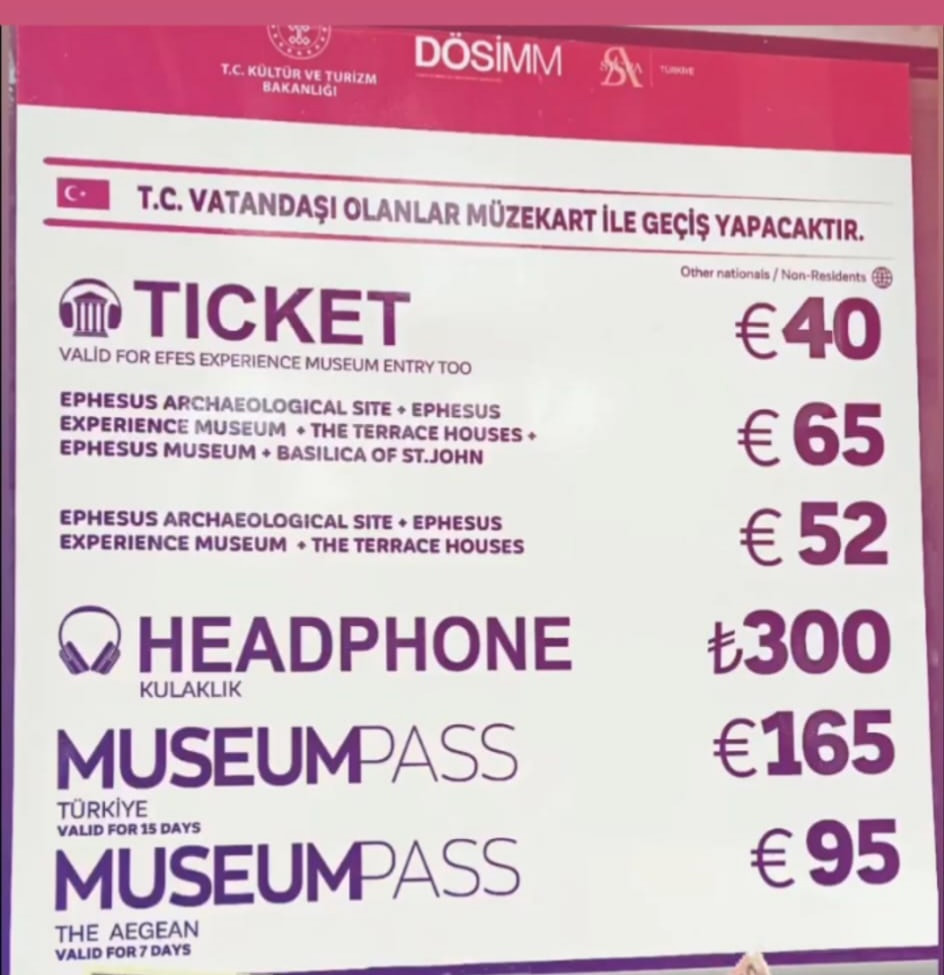
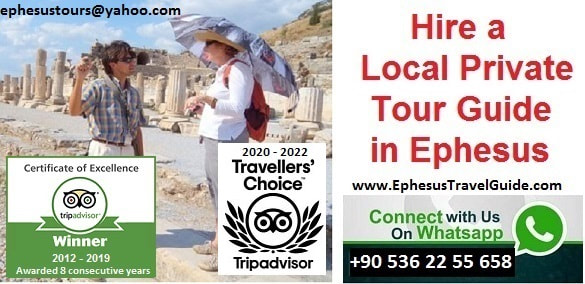
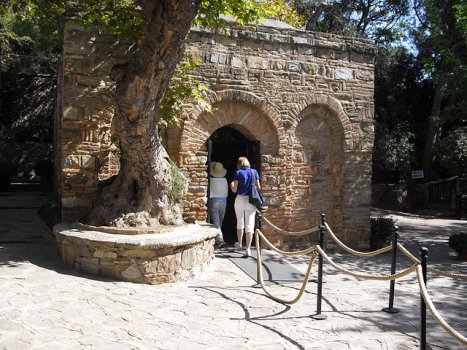
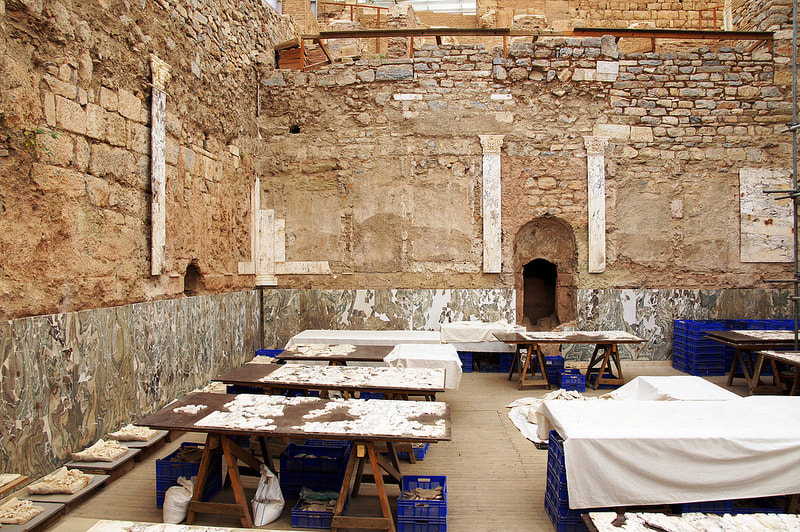
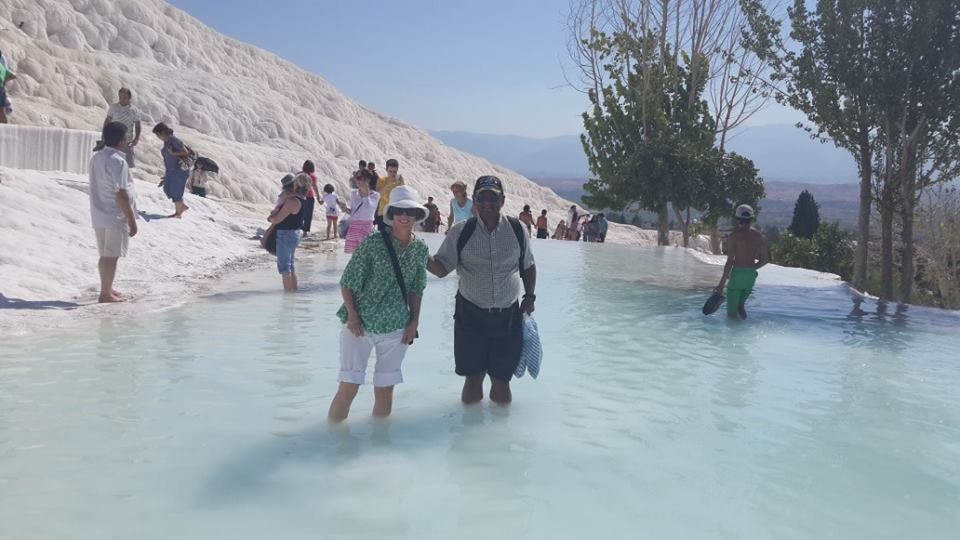

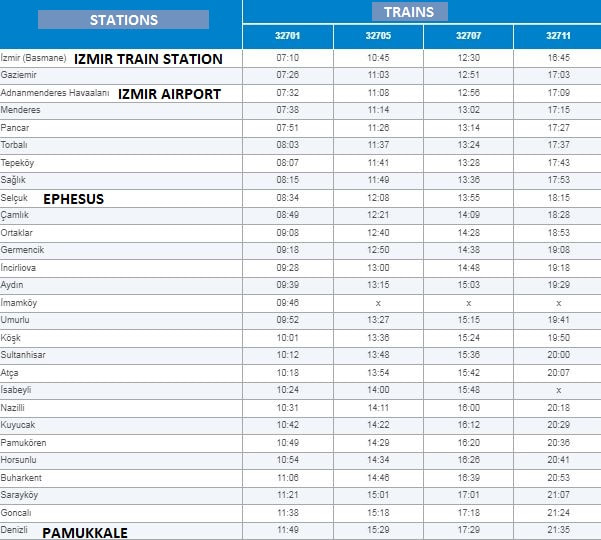
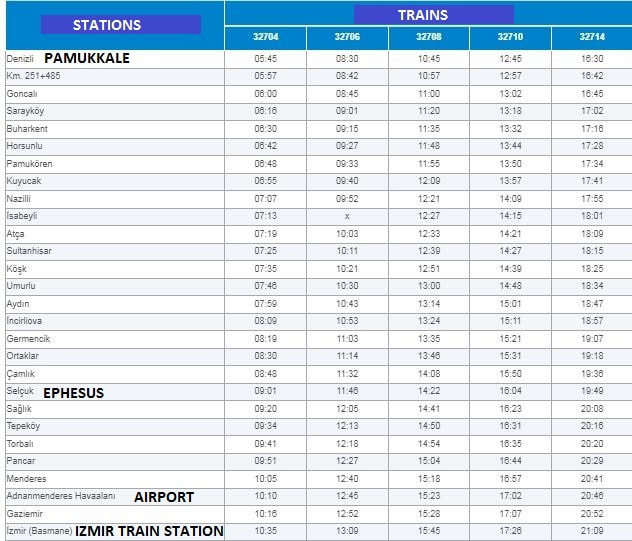
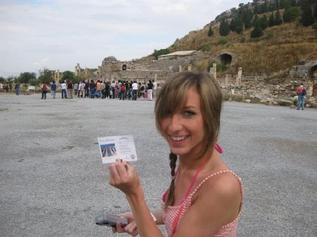
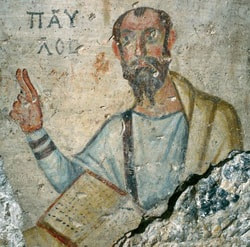
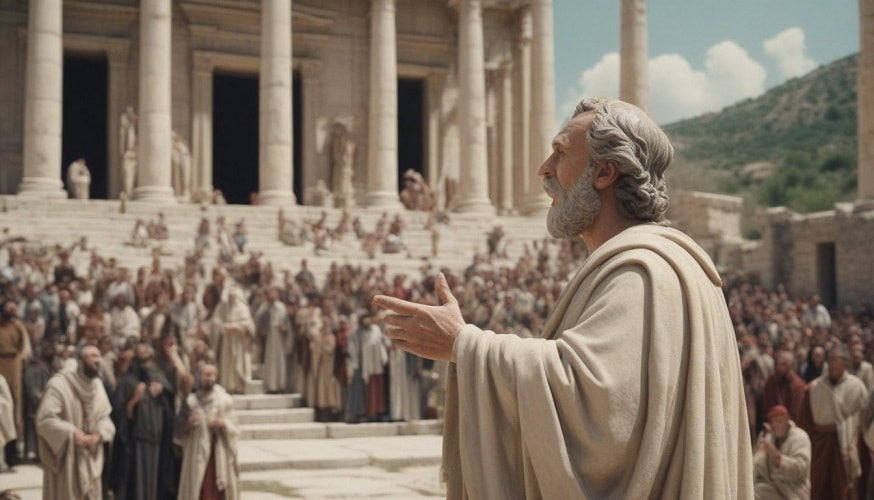
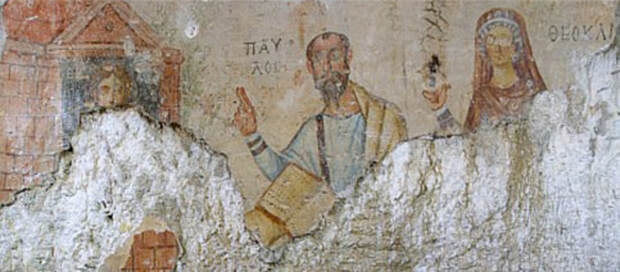
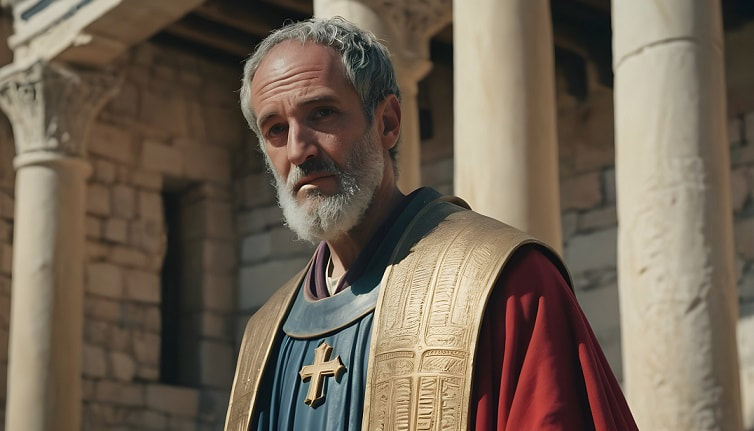
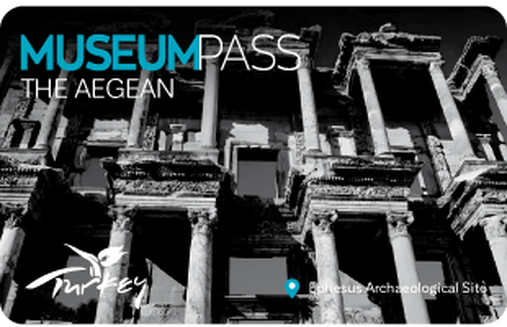
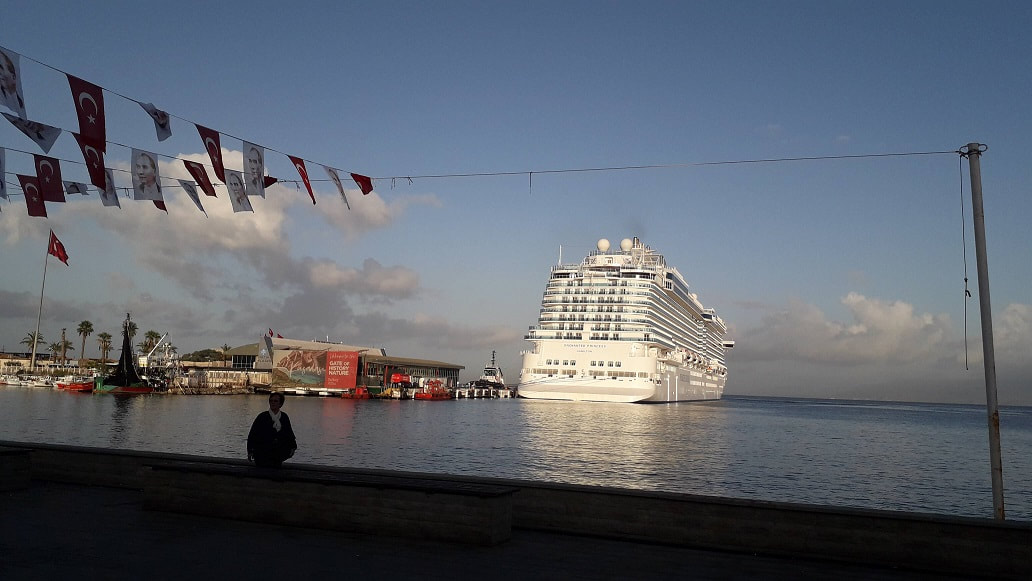
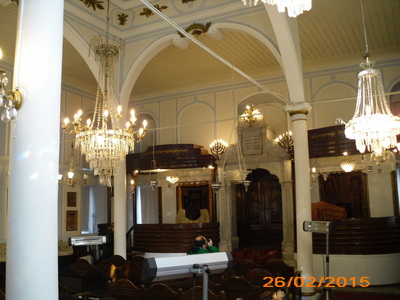
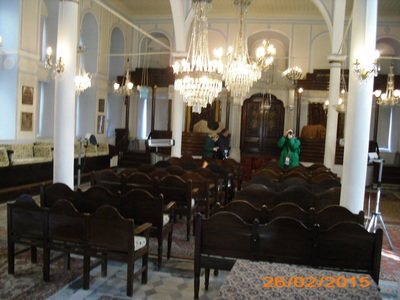
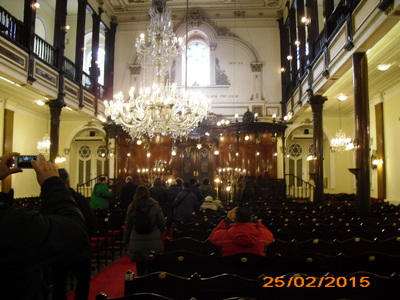
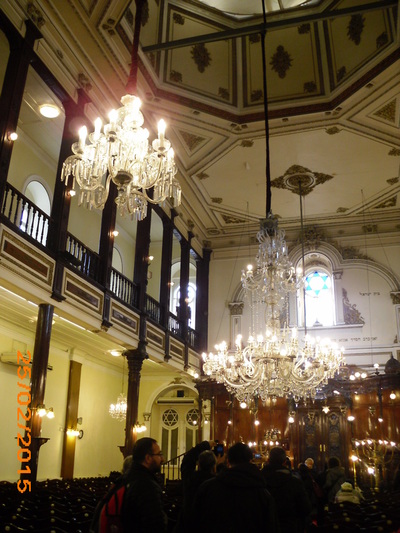
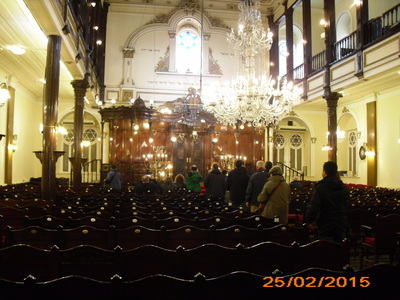
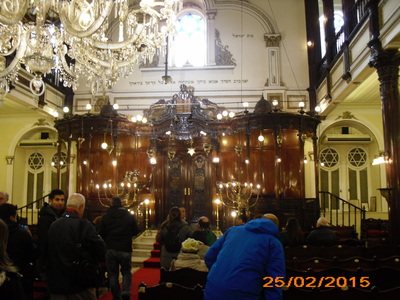
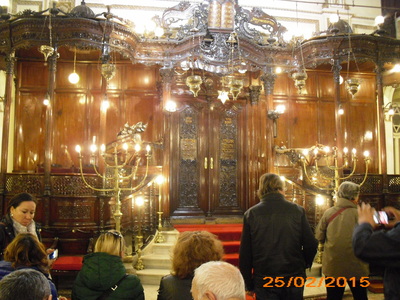
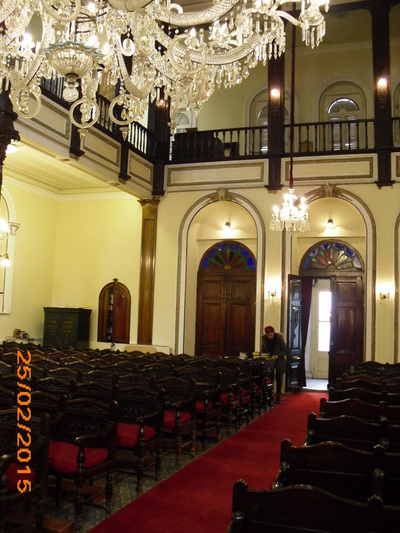
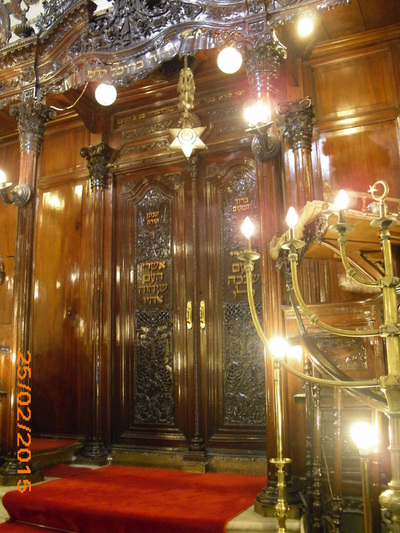
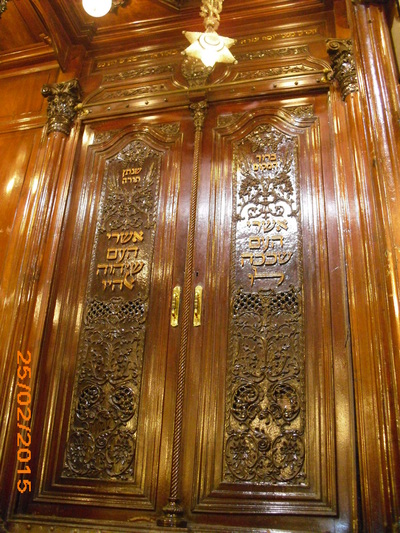
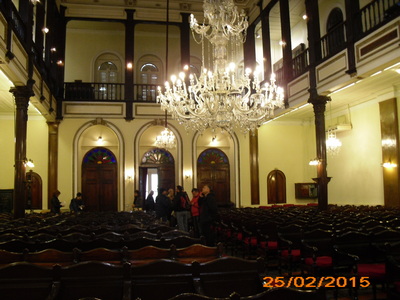
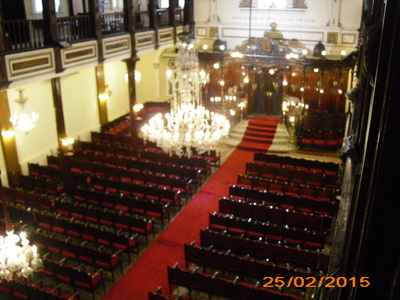
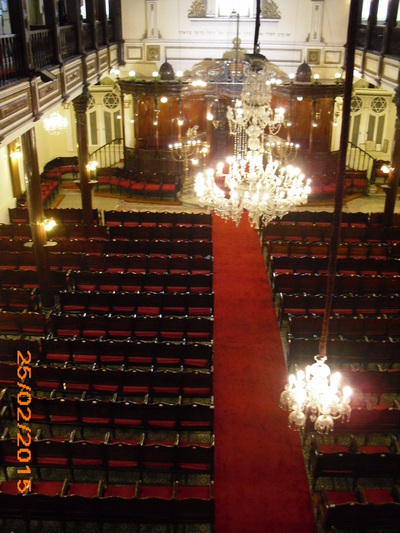
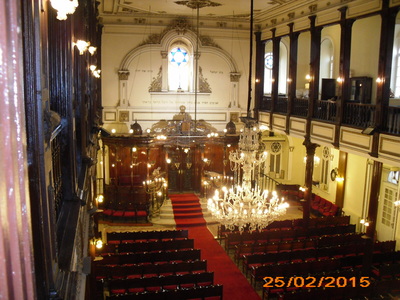
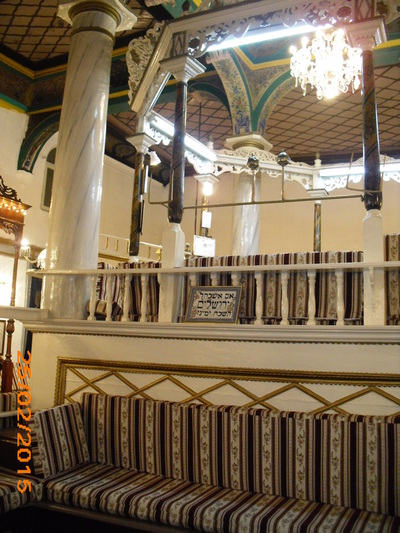
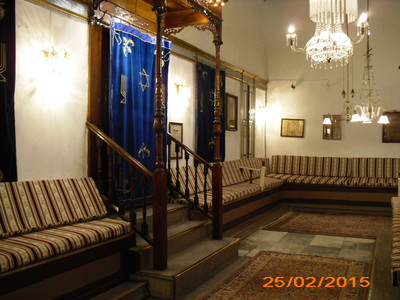
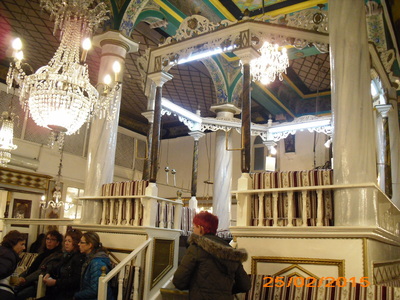
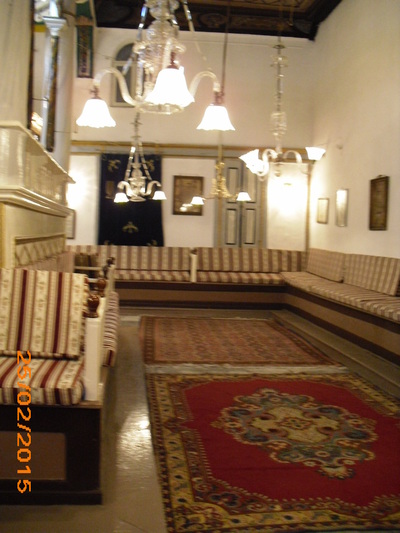
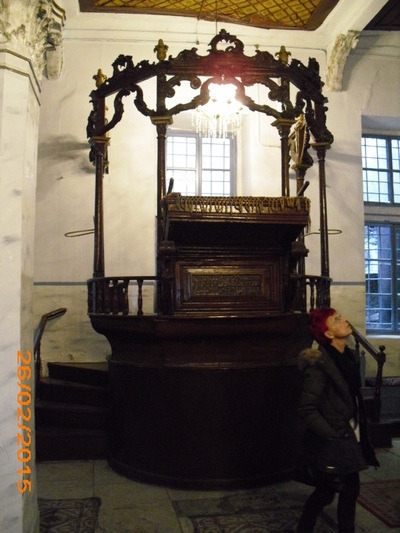
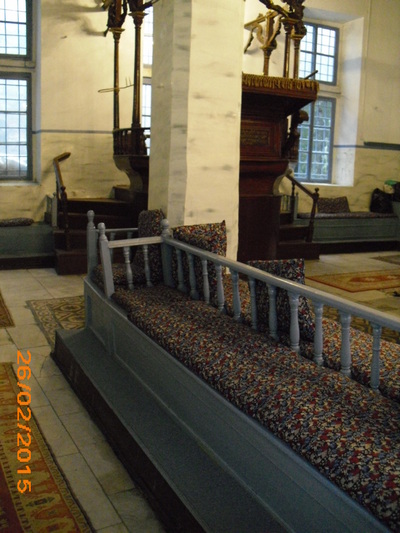
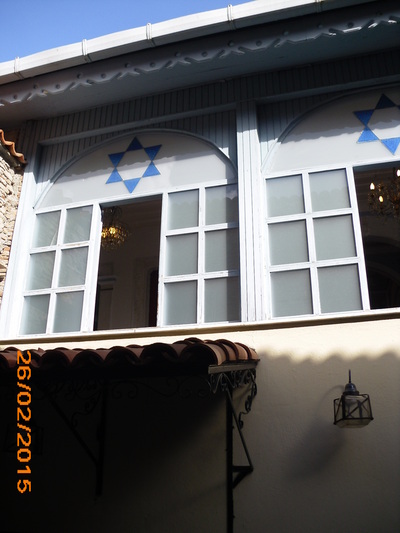
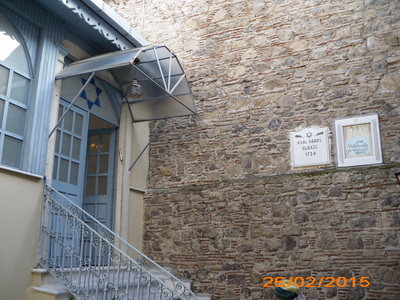
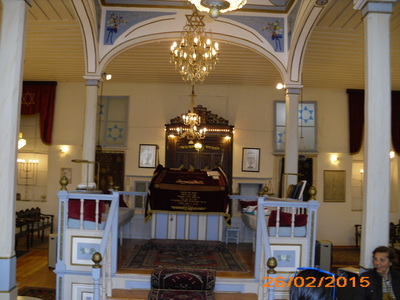
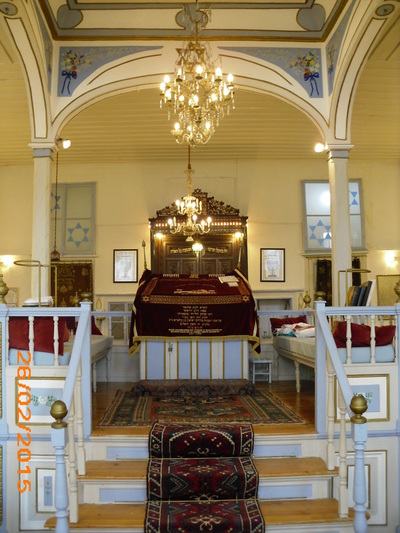
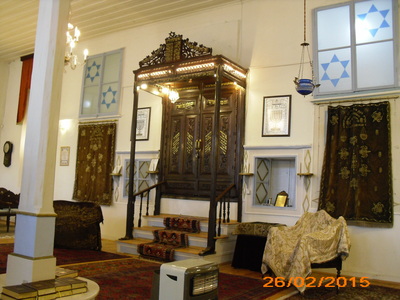
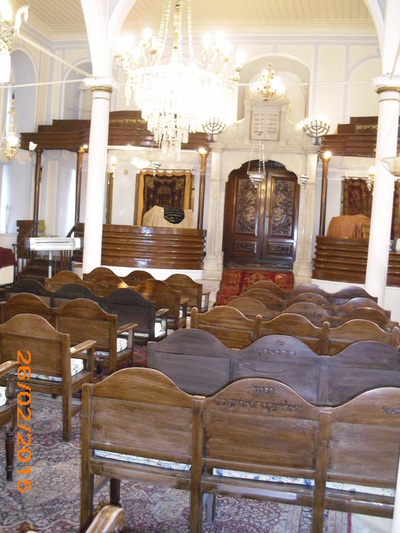
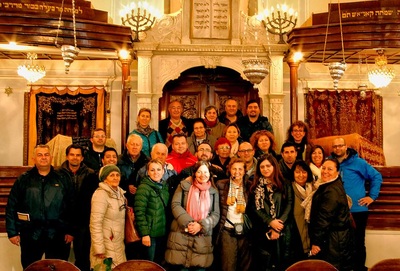
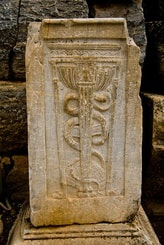

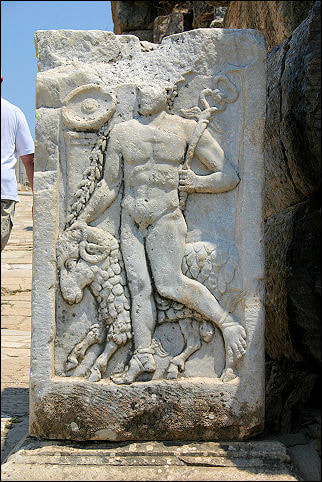

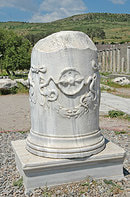
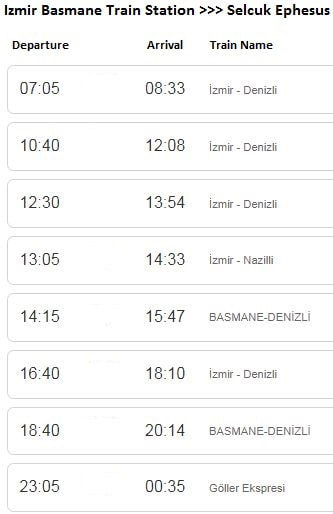
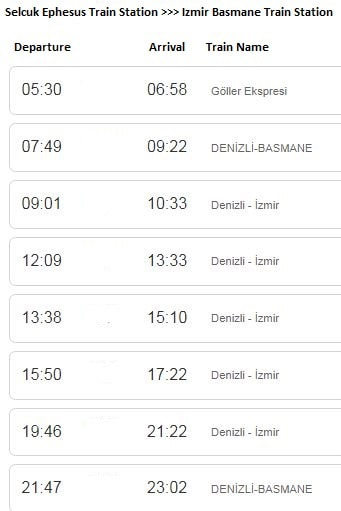
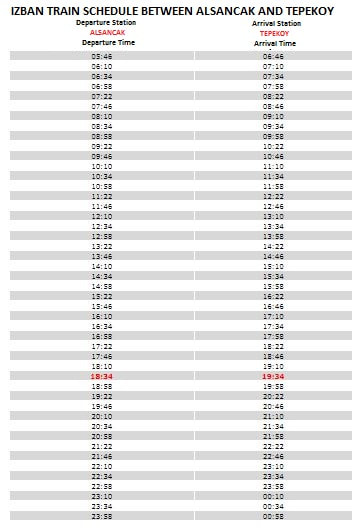
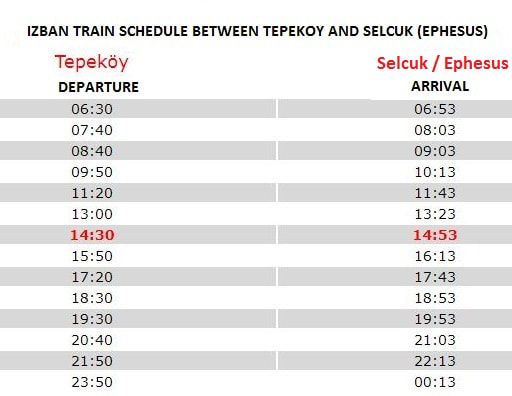
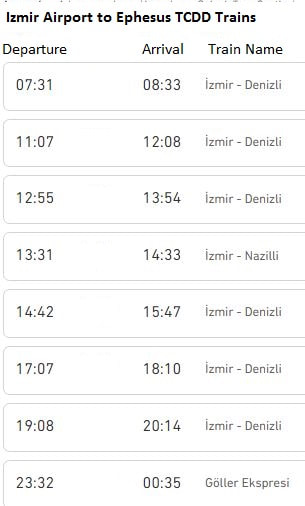
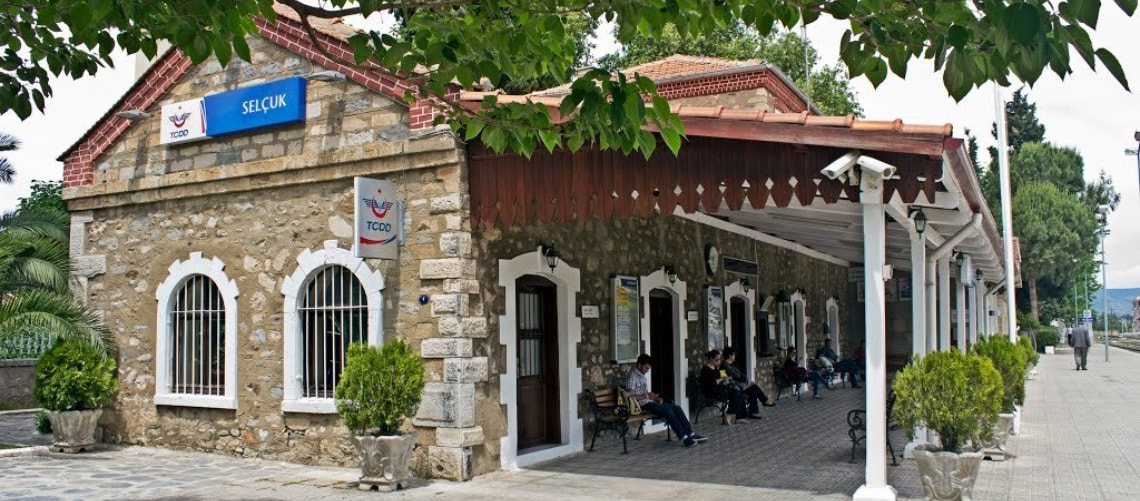








 RSS Feed
RSS Feed
